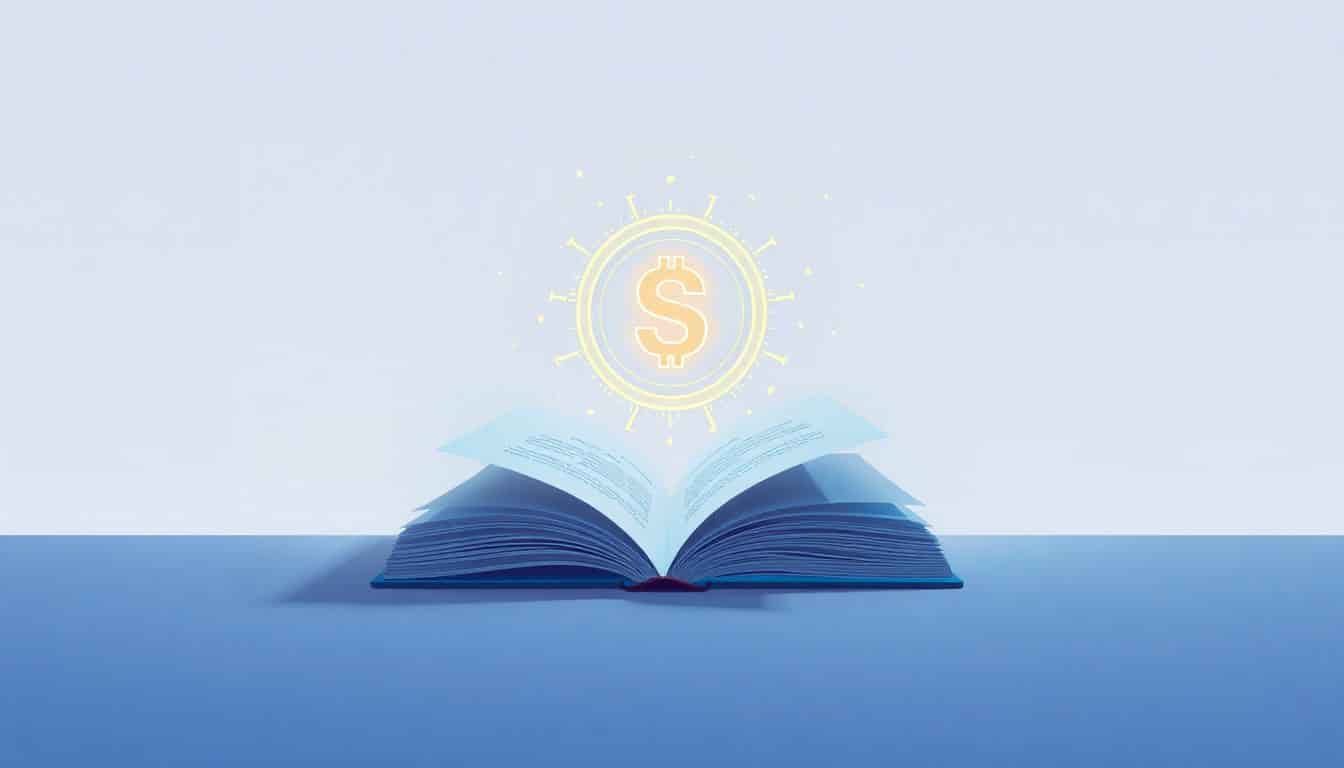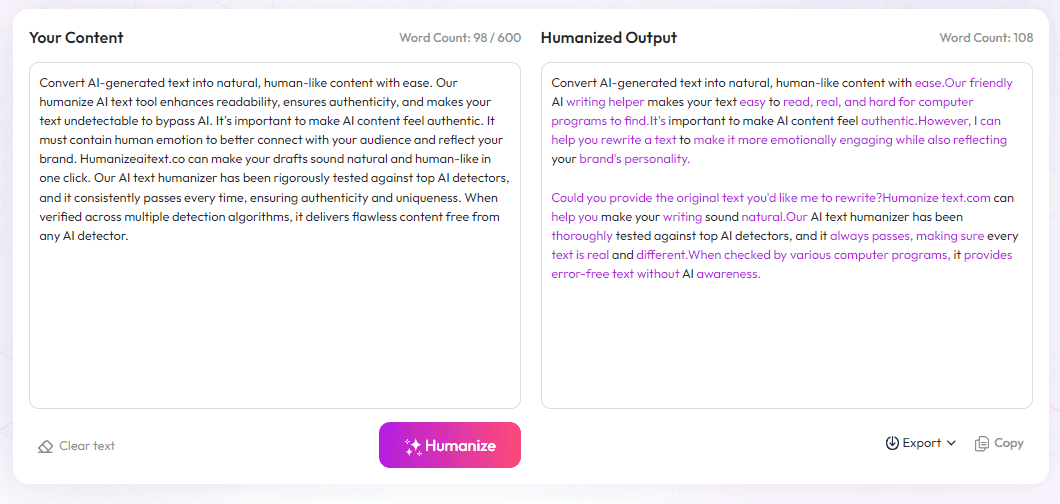Table of Contents
NFTs are changing how we think about owning and sharing stories. For writers, they could mean new ways to earn and connect with readers. If you're curious about how digital tokens might shape the future of literature, keep reading. We’ll walk through practical ideas and what challenges to watch out for, so you can decide if NFTs are a good fit for your writing journey.
Key Takeaways
Key Takeaways
- NFTs let authors earn royalties from all resale sales automatically through smart contracts. This creates ongoing income instead of losing profits after the first sale.
- Adding multimedia and extra content to literary NFTs can make reading more engaging, like including audio, videos, or artwork tied to the story.
- The global NFT market is growing fast, reaching billions of dollars, offering authors new ways to sell and promote their work in different regions.
- Most NFT buyers are Millennials, mainly in the US and Asia. Tailoring content and marketing to these audiences can help authors reach more readers.
- Major NFT sales, like “The Merge” and “Everydays,” show high potential value. Authors can learn from these successes to craft their own digital stories and build hype.

When thinking about the future of NFTs in literature, one of the biggest game-changers is how they allow authors to earn royalties not just from the initial sale, but also on every resale of their work. Smart contracts built into NFTs automatically pay authors a percentage of each secondary sale, ensuring they benefit whenever their work changes hands. This sidesteps the "used book problem," where authors often miss out on the profits from subsequent sales. Instead of losing potential income, writers can build a continuous income stream from their creations.
Imagine releasing a groundbreaking novel as an NFT—every time someone resells it, your digital wallet gets a cut. This creates a new kind of investment economy, where literary works are viewed as assets that can appreciate over time and generate residual income. With the NFT market projected to hit a stunning $250 billion by 2029, the potential for writers to capitalize on their work has never been greater.
Beyond royalties, NFTs also offer a secure way to prove authenticity and ownership. This can be a real boon in the world of rare books or limited editions—imagine a collector knowing a digital certificate verifies a work's originality with blockchain technology. For authors, this means maintaining control over their works and establishing clear provenance, which can help increase their value and protect against forgery.
Moreover, as the NFT space matures, we’re seeing opportunities to incorporate multimedia and extra content into literary NFTs. Writers can embed audio narrations, artwork, or interactive elements, making reading experiences richer and more engaging. For example, an author could include a behind-the-scenes video or a personal message directly tied to their digital book, creating a more immersive bond with readers.
Starting to explore these possibilities might seem daunting, but many writers are already beginning to experiment. Platforms like self-publishing sites for digital works are making it easier for authors to tokenize their creations. By understanding and leveraging blockchain-based rights management, writers can not only protect their work but also open new revenue channels.

9. The Current Size and Growth of the Literary NFT Market
The overall NFT market for arts and literature is rapidly expanding, with estimates reaching over $49 billion in 2025, and projections showing it could hit $61 billion in the same year.
While the market experienced some volatility, peaking at over $342 billion in 2022, it’s stabilized around $10-15 billion by mid-2025, creating new opportunities for writers to participate effectively.
Understanding the market size helps authors gauge where to focus, whether by creating collectible limited editions or exploring niche segments like poetry or digital anthologies.
To tap into this growth, authors should keep an eye on industry reports and look for emerging trends, such as the rise of multimedia NFTs or regional adoption patterns.
10. How Adoption of NFTs in Literature Is Changing Globally
User numbers in the NFT space are climbing fast, with over 11.64 million users in 2025, mainly concentrated in the United States and parts of Asia.
Regions like Thailand and Brazil are leading adoption rates among developing markets, providing chances for authors to reach diverse audiences.
Authors interested in expanding their reach should consider platform choices tailored to specific regions and language preferences.
Understanding geographic usage helps in customizing marketing strategies and developing partnerships with local NFT platforms and communities.
11. Key Transaction Data That Writers Should Know
Monthly, thousands of NFT transactions occur, with over 5.4 million sales in January 2025 alone, totaling nearly $678 million across major blockchains.
Ethereum dominates the space, handling 62% of all sales, which means creators should consider how to leverage this platform effectively.
For those looking to start, analyzing transaction data helps in setting realistic expectations on sales volume and revenue potential.
Being aware of dominant marketplaces like OpenSea and Rarible can guide your listing strategies and price points.
12. How the Industry Types Shape Opportunities and Challenges for Writers
Gaming NFTs are the biggest slice of the market, with 38% of transactions in 2025, but genres like collectibles and sports also pull significant volume.
Literary NFTs, including digital books and poetry, are still carving out their space against these giants, which can be both a challenge and an opportunity.
Authors aiming to break into this space should consider niche markets—like interactive stories or multimedia poetry—where competition may be less fierce.
Understanding these industry segments helps in positioning your work and choosing the right platforms for publishing and sales.
13. Demographics Shaping NFT Buying and Collecting
Most NFT collectors are Millennials, with men nearly four times more likely than women to own or buy NFTs, especially in the US.
Engaging this demographic involves creating content that appeals to their interests—like digital art, gaming integrations, or exclusive access perks.
Authors should think about how to tailor their NFTs and marketing messages to resonate with younger audiences who are digital natives.
Knowing the demographic makeup helps in designing campaigns, choosing the right social media channels, and planning collaborations with influencers.
14. Major Sales That Shaped the NFT Literature Scene
The record for most expensive NFT is “The Merge,” which sold for nearly $92 million, leveraging the rarity and collective ownership model.
Other notable sales include Beeple's “Everydays,” which fetched over $69 million, setting a high bar for digital art and collectible value.
These sales demonstrate the potential value of NFTs when proper marketing, storytelling, and scarcity strategies come together.
Authors should look at these sales as lessons for how to craft compelling narratives and build hype around their own digital works.
FAQs
NFTs automatically track ownership and resale transactions, allowing authors to receive royalties each time their work is resold, ensuring ongoing income beyond the initial sale.
Yes, authors can attach additional content like behind-the-scenes insights, videos, or interactive elements to NFTs, making reading more engaging and personalized.
NFTs can be used as membership tokens, granting access to exclusive events, discussions, or voting rights, encouraging community participation in literary creation and decisions.
Creating and selling NFT collections provides writers with multiple income streams, including initial sales, royalties, and ongoing commissions as the NFTs are traded over time.



